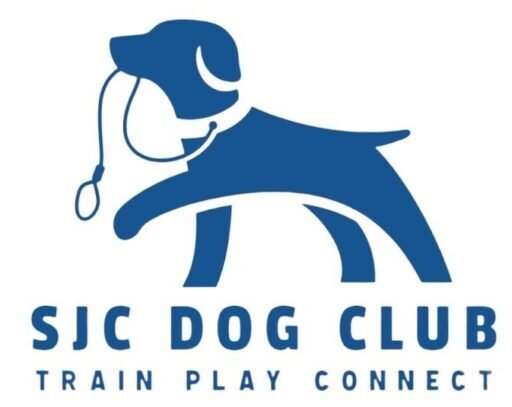Obedience is one part of a dog’s life. It is an important part, and is based in communication and cooperation. The first part of the picture is giving the dog clarity of what “window” he’s in right now – he won’t try to do zoomies if he understands what the “chill” window is and that he’s supposed to be in it at the moment. The second part of the picture is giving consistent feedback of whether the dog is getting it right or not. The third part is teaching actual obedience commands. Having a specific goal to work toward is very motivating, because getting good obedience does take practice. I think it takes at least 8 weeks to get real obedience on an untrained dog. This time period is also reasonable for seeing a real difference in dogs that have disobedient habits to overcome.
These are the four parts of a dog’s life. Each are very important, and should happen every day. I think of each one as a window*. It is important to communicate clearly to the dog which window we are in at any give time. We do this by literally telling the dog via specific words.
- Play – with their human. These are activities that are intrinsically rewarding, and can go way beyond your basic definition of play. The best and most rewarding kind of play are Games. Games have rules, boundaries and a way to win. Dogs (and people) get way more committed to playing a game than just doing a simple play activity. Think about the difference between playing a sport and playing fetch.
- Free Dog– either on their own or with other dog(s). A dog needs time every day to wander, sniff, get zoomies, scratch, dig, play on their own, chew, bark, roll, mark, nap – do whatever they want.
- Chill – defined as calm liberty, this is free time with the expectation of calmness. Think inside manners. A dog that masters the chill window has a better life than one that is either amped up or contained all the time.
- Work – this is any obedience command. It is important to have a lot of clarity in this window, because most dogs are confused. The two most important things about obedience are that 1) a cue is a criteria to be maintained until released and 2) the handler always releases the dog into the next picture, either another command or one of the other windows above.
Giving a dog feedback:
It is vitally important to let a dog know when their doing something right, and when they are not making the right choice. This is the only way for a being to learn, and without that clarity insecure dogs can become fearful and anxious, and more confident or bullier dogs can become pushy or even aggressive. You can be nice and still communicate clearly. Use emotion carefully, avoid venting negative emotion; calmness goes a long way.
- Yes! – have a word that means you’ve got it right – 100% – I’m praising you and a reward may be on the way. Put some sincere emotion into your voice when praising.
- Good… have a word that means you’re on the right track but keep trying. Sound encouraging, but don’t overdo it. You should plan your sessions so the dog can be successful (Yes or Good) 60-80% of the time.
- Unh-Unh have a word that means “wrong answer”, try again. Keep your voice emotionally neutral. It’s like a wrong answer on a math test. If the dog get’s two wrong answers in a row, go back and show the dog the right answer.
- No. have a word for “never do that”. Choose your “no” moments carefully. If it is sometimes okay to jump up on someone, then don’t use no. If it is sometimes okay to be on the couch, don’t use no. It is better to just say what you want instead: “sit”, or “off”. Think about the difference between these and getting in the trash or counter surfing. In my world, those are never okay, so would be a “no” moment. There is more on this, but get these words on board first.
Getting Windows and Feedback on board can go a long way toward living in harmony with your dog. Next, well get into the 5 Things Every Dog Needs to Know and getting it done with Goal Oriented Training.
*The Windows Model was developed and is taught by Jay Jack of Next Level Dogs
